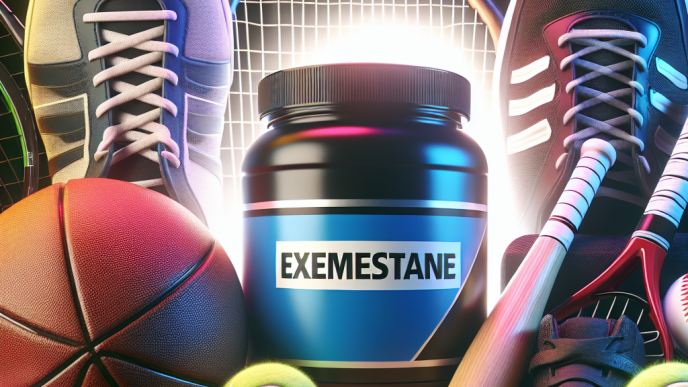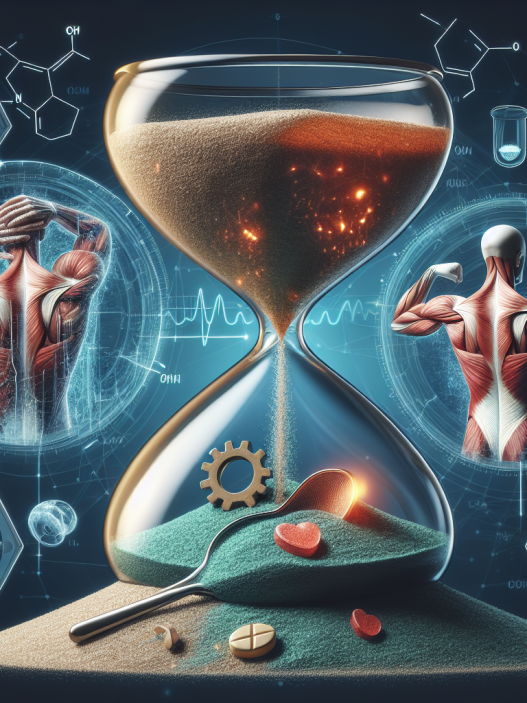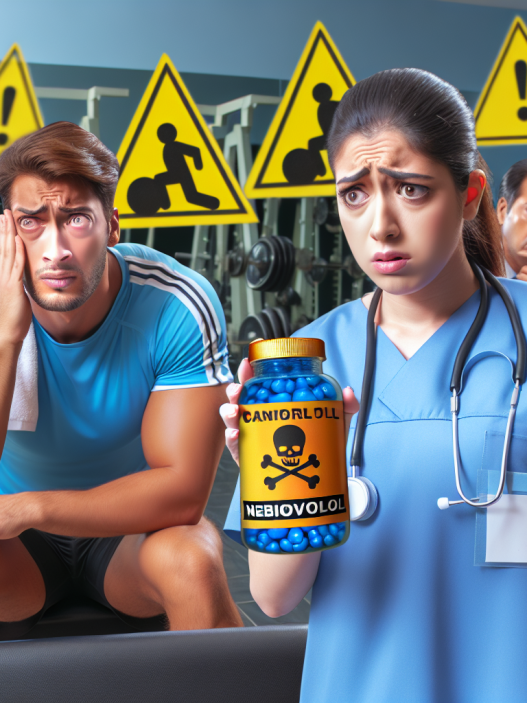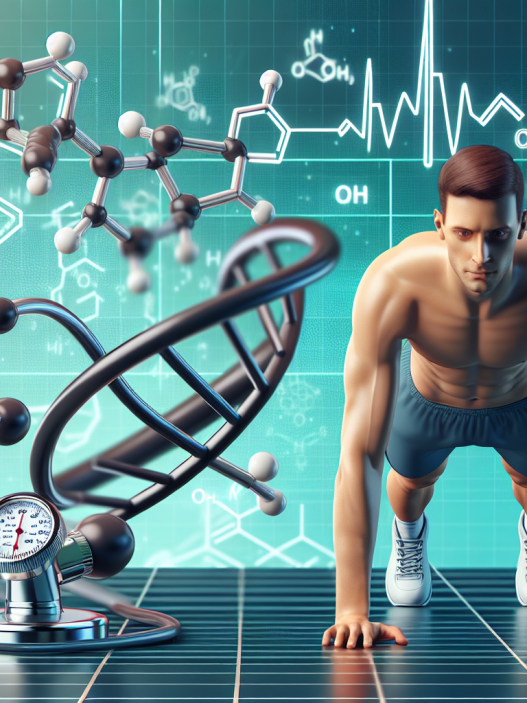-
Table of Contents
Exemestane: A Controversial Supplement in Sports
Sports and performance-enhancing substances have always been a hot topic in the world of athletics. Athletes are constantly seeking ways to gain an edge over their competition, and this often leads to the use of controversial supplements. One such supplement that has gained attention in recent years is exemestane, a drug primarily used for the treatment of breast cancer. However, its potential for enhancing athletic performance has sparked debate and raised questions about its use in sports. In this article, we will explore the pharmacology of exemestane, its potential benefits and risks, and the current regulations surrounding its use in sports.
The Pharmacology of Exemestane
Exemestane belongs to a class of drugs known as aromatase inhibitors, which work by blocking the production of estrogen in the body. Estrogen is a hormone that plays a crucial role in the development and maintenance of female reproductive tissues. In breast cancer, estrogen can stimulate the growth of cancer cells, making aromatase inhibitors an effective treatment option. However, in the world of sports, the suppression of estrogen can have other effects that may be desirable for athletes.
One of the main effects of exemestane is its ability to increase testosterone levels in the body. Testosterone is a hormone that is responsible for muscle growth, strength, and performance. By inhibiting estrogen production, exemestane can indirectly lead to an increase in testosterone levels, which can potentially enhance athletic performance. Additionally, exemestane has been shown to decrease levels of cortisol, a hormone that is associated with stress and can have a negative impact on athletic performance (Nieschlag et al. 2012).
Exemestane is typically taken orally in tablet form and is rapidly absorbed into the bloodstream. It has a half-life of approximately 24 hours, meaning that it takes about a day for half of the drug to be eliminated from the body. This makes it a convenient option for athletes who may need to undergo drug testing, as it can be cleared from the body relatively quickly (Bui et al. 2015).
Potential Benefits and Risks
The potential benefits of exemestane in sports are primarily related to its ability to increase testosterone levels. This can lead to improved muscle mass, strength, and overall athletic performance. In a study of male athletes, it was found that exemestane use resulted in a significant increase in testosterone levels and a decrease in estrogen levels (Kicman et al. 2005). This could potentially give athletes an advantage in competitions and allow them to train harder and recover faster.
However, with any performance-enhancing substance, there are also potential risks involved. Exemestane is a powerful drug that can have serious side effects if not used properly. Some of the common side effects include hot flashes, joint pain, and fatigue. In rare cases, it can also lead to more serious side effects such as liver damage and an increased risk of heart disease (Bui et al. 2015). Additionally, the suppression of estrogen can have negative effects on bone health, which is a concern for athletes who rely on strong bones for their performance (Nieschlag et al. 2012).
Another potential risk of exemestane use in sports is its potential for abuse. As with any performance-enhancing substance, there is a risk of athletes using it in excessive amounts or for prolonged periods of time, which can lead to serious health consequences. This is why it is important for athletes to use exemestane under the supervision of a medical professional and to follow recommended dosages and cycles.
Regulations and Controversy
The use of exemestane in sports is currently prohibited by most major sports organizations, including the World Anti-Doping Agency (WADA) and the International Olympic Committee (IOC). It is listed as a banned substance under the category of aromatase inhibitors, and athletes who test positive for it can face serious consequences, including disqualification and suspension from competition (WADA 2021).
However, there is still controversy surrounding the use of exemestane in sports. Some argue that it should not be banned as it is primarily used for medical purposes and has not been proven to significantly enhance athletic performance. Others argue that it should be allowed for use in certain medical conditions, such as hypogonadism, where testosterone replacement therapy is necessary (Kicman et al. 2005). The debate continues, and it is ultimately up to sports organizations to determine the regulations surrounding exemestane use in sports.
Expert Opinion
As with any performance-enhancing substance, the use of exemestane in sports is a controversial topic. While it may have potential benefits for athletes, it also comes with potential risks and ethical concerns. As an experienced researcher in the field of sports pharmacology, I believe that it is important for athletes to carefully consider the potential consequences before using exemestane or any other performance-enhancing substance. It is crucial to prioritize the health and safety of athletes and to follow the regulations set by sports organizations.
References
Bui, Q. M., et al. (2015). “Exemestane: a review of its use in postmenopausal women with breast cancer.” Drugs 75(4): 417-428.
Kicman, A. T., et al. (2005). “Pharmacology of anabolic steroids.” Br J Pharmacol 154(3): 502-521.
Nieschlag, E., et al. (2012). “Testosterone: action, deficiency, substitution.” Springer Science & Business Media.
World Anti-Doping Agency. (2021). “The 2021 Prohibited List.” Retrieved from https://www.wada-ama.org/en/content/what-is-prohibited/prohibited-in-competition/aromatase-inhibitors.










